Here’s what the Catena Rondo poetry form is:
The catena rondo was invented by Robin Skelton, a Canadian poet of the 20th century.
It consists of rhymed quatrains that utilize refrains to tightly control the poem’s framing and pacing.
Notably, the first and last lines of each quatrain are the same, putting emphasis on the second and third lines.
So if you want to learn all about the Catena Rondo poetry type, then you’ve come to the right place.
Keep scrolling down!
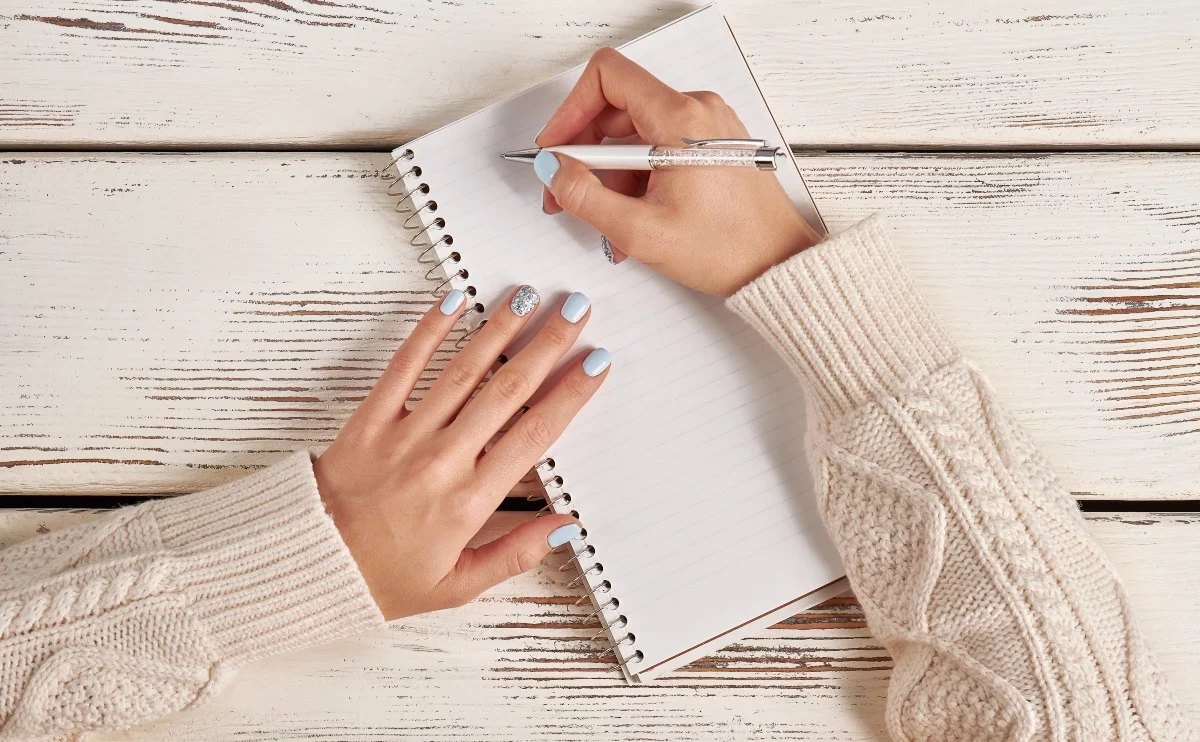
Forms of Poetry: The Catena Rondo
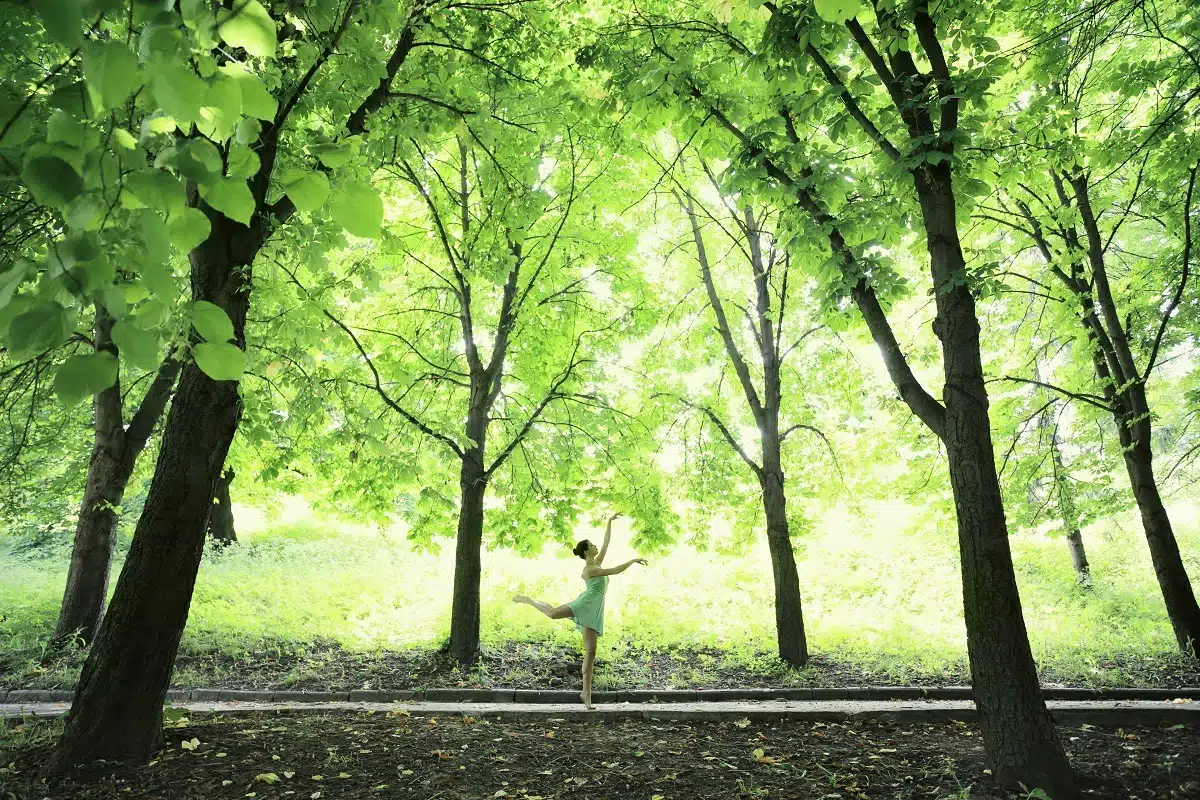
The catena rondo is a stanzaic form invented in the 20th century by Robin Skelton, of Canada.
It consists entirely of quatrains and makes liberal use of repeated lines, similar in nature to the pantoum, though with a different execution.
Skelton’s name for the form is a combination of words meaning “chain” (catena) and “circle” (rondo), referring to the cyclical and interconnected structure of the form.
Basic Properties of a Catena Rondo
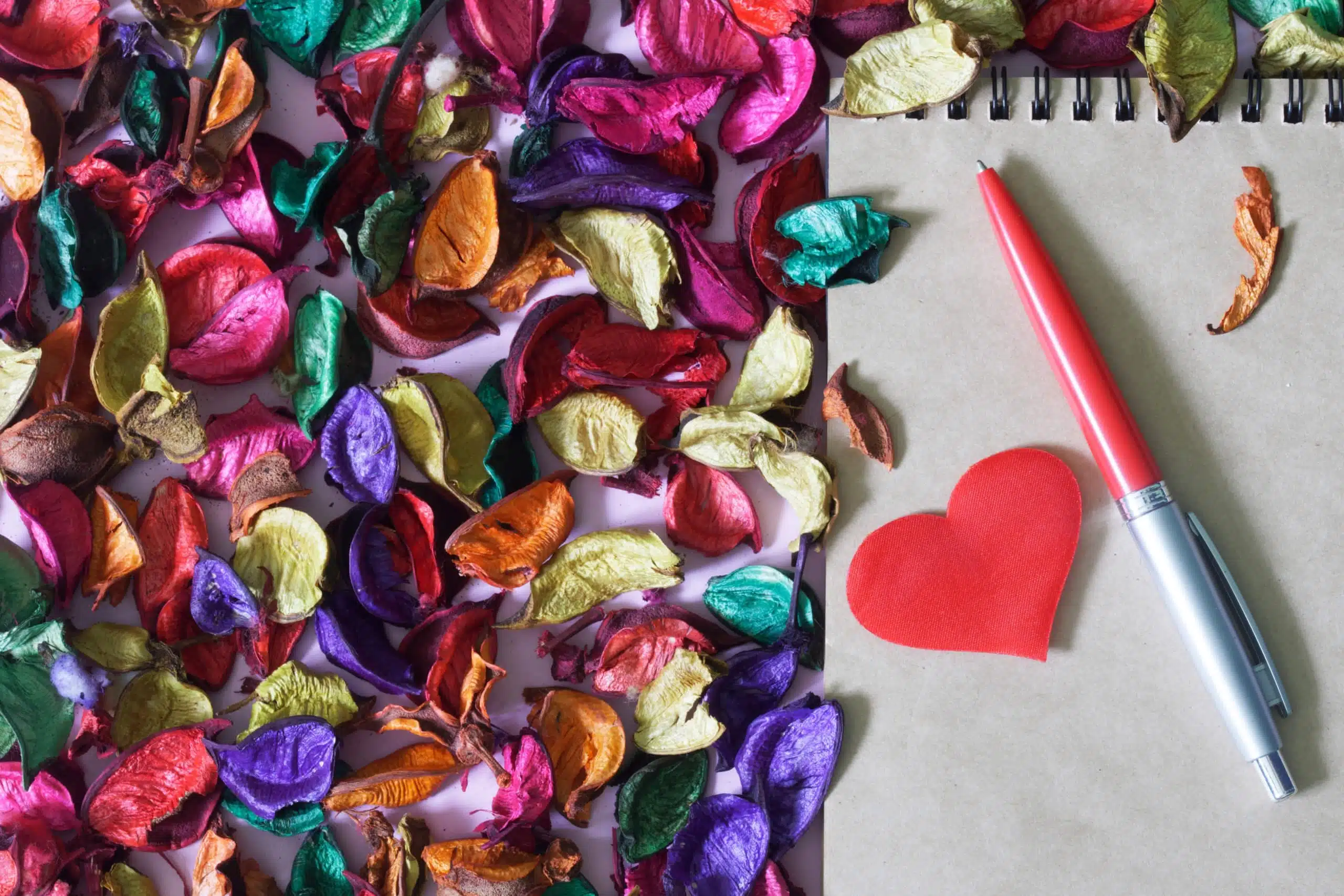
| Rhyme Structure | Strict, with refrains |
| Meter | Optional, usually unmetered |
| Origin | 20th century Canada; Robin Skelton |
| Popularity | Relatively new; mostly sees experimentation so far |
| Theme | Varies |
How Is a Catena Rondo Structured?
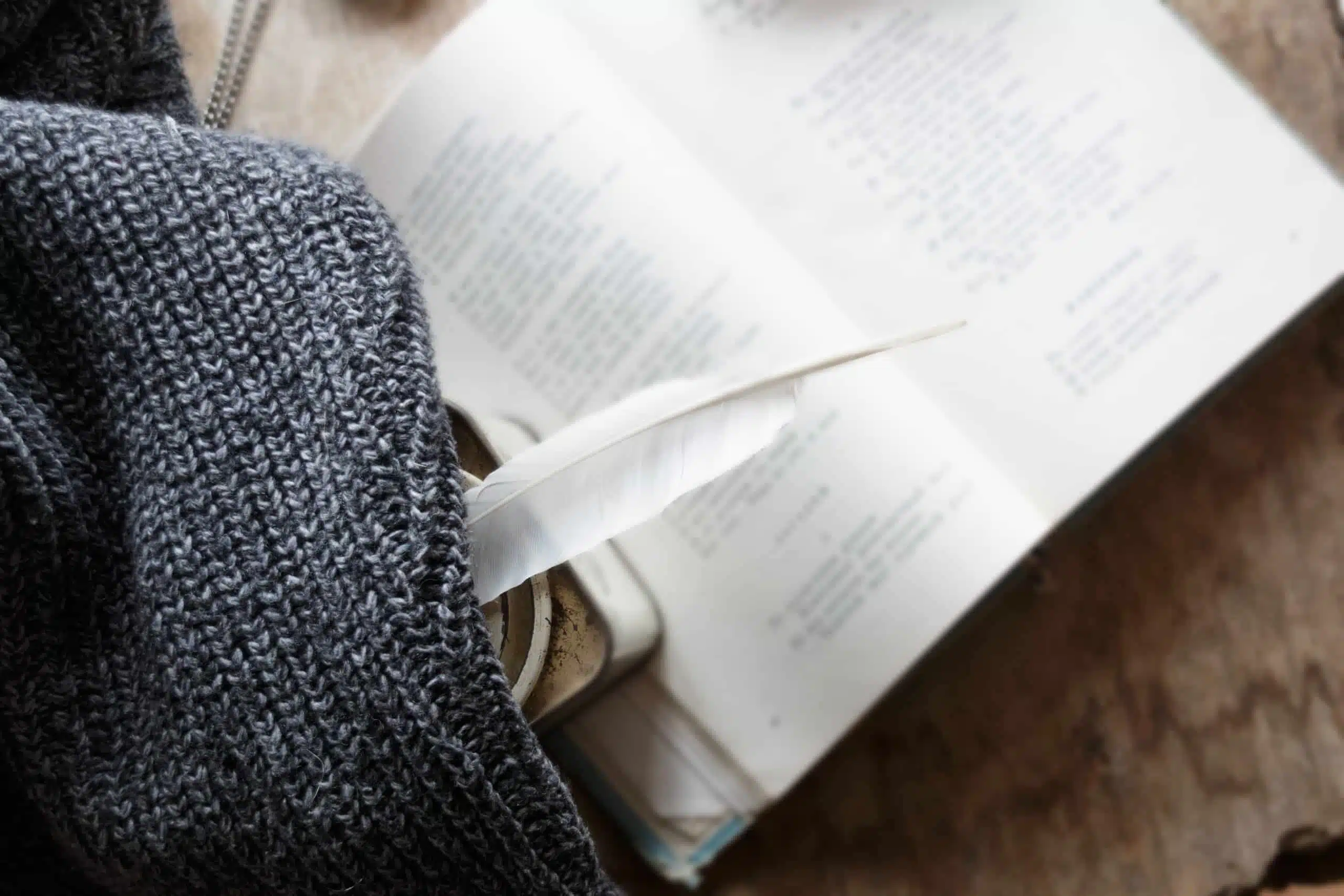
The most impressive element of the catena rondo is its obsessive use of refrains and rhyme.
The rhyme scheme essentially goes ABbA BCcb CDdc DEed and so on, until the last stanza which jumps back to ABbA. The penultimate stanza will use Aa in its central couplet to set up the final stanza.
So if we were to write a four-quatrain catena rondo, the resulting rhyme scheme would be ABbA BCcb CAac ABbA.
Most poets agree that a catena rondo is better the longer it is since this gives the form’s pattern time to catch the reader, but it can technically be as short as three stanzas.
Note that the catena rondo creates a rhymed couplet at the center of every quatrain.
Not many forms prioritize the center of the stanza rhythmically, so the poet should look for ways to take advantage of this unique property of the poem if possible.
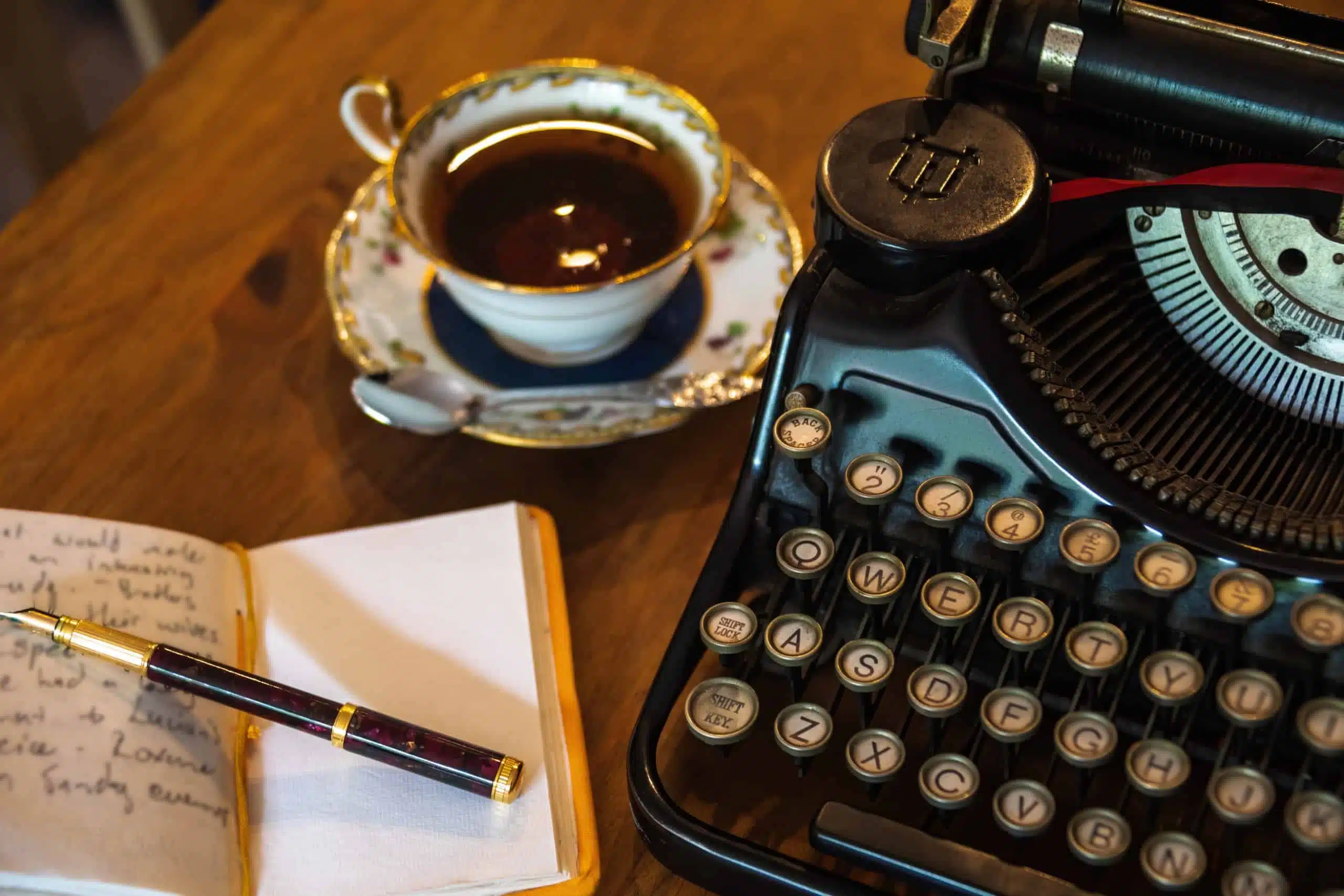
Some sources also suggest an alternative version of the final stanza in which the entire stanza is a carbon copy of the first, eliminating the outlier that the third line otherwise represents, but both interpretations are valid.
Meter is optional. The catena rondo does not mandate any other techniques and is ultimately based entirely on its rhyme scheme and pattern of refrains.
It should be noted that since the catena rondo is a relatively new form, there is still space for it to evolve into new variants if it becomes more popular.
As of right now, it stays fairly close to Skelton’s original design.
As with most refrain forms, poets will naturally have to choose whether they keep the punctuation and syntax exactly the same in every refrain.
It’s generally considered acceptable to alter the punctuation but tenuous to alter the syntax and word choices.
If a line is altered between refrains, then the alteration should be extremely deliberate.
Example of a Catena Rondo

Where the sky does drink of stars
there exists a certain peace,
as if to give a life new lease,
where the sky does drink of stars.
There exists a certain peace
beneath a vast speckled sky
underneath stars so high.
There exists a certain peace.
Beneath a vast speckled sky
I look for some time to rest,
some reward for doing my best
beneath a vast speckled sky.
I look for some time to rest
where the sky does drink of stars
as I wonder where you are,
I look for some time to rest.
Where the sky does drink of stars
there exists a certain peace.
I hope the moment will not cease
where the sky does drink of stars.
The above example follows all the expected rules of a catena rondo.
Note that the pattern of refrains leads to the first and second lines of each stanza ultimately being repeated as the last line of the stanza and the first line of the next, leaving most of the pressure for advancement on the third line.
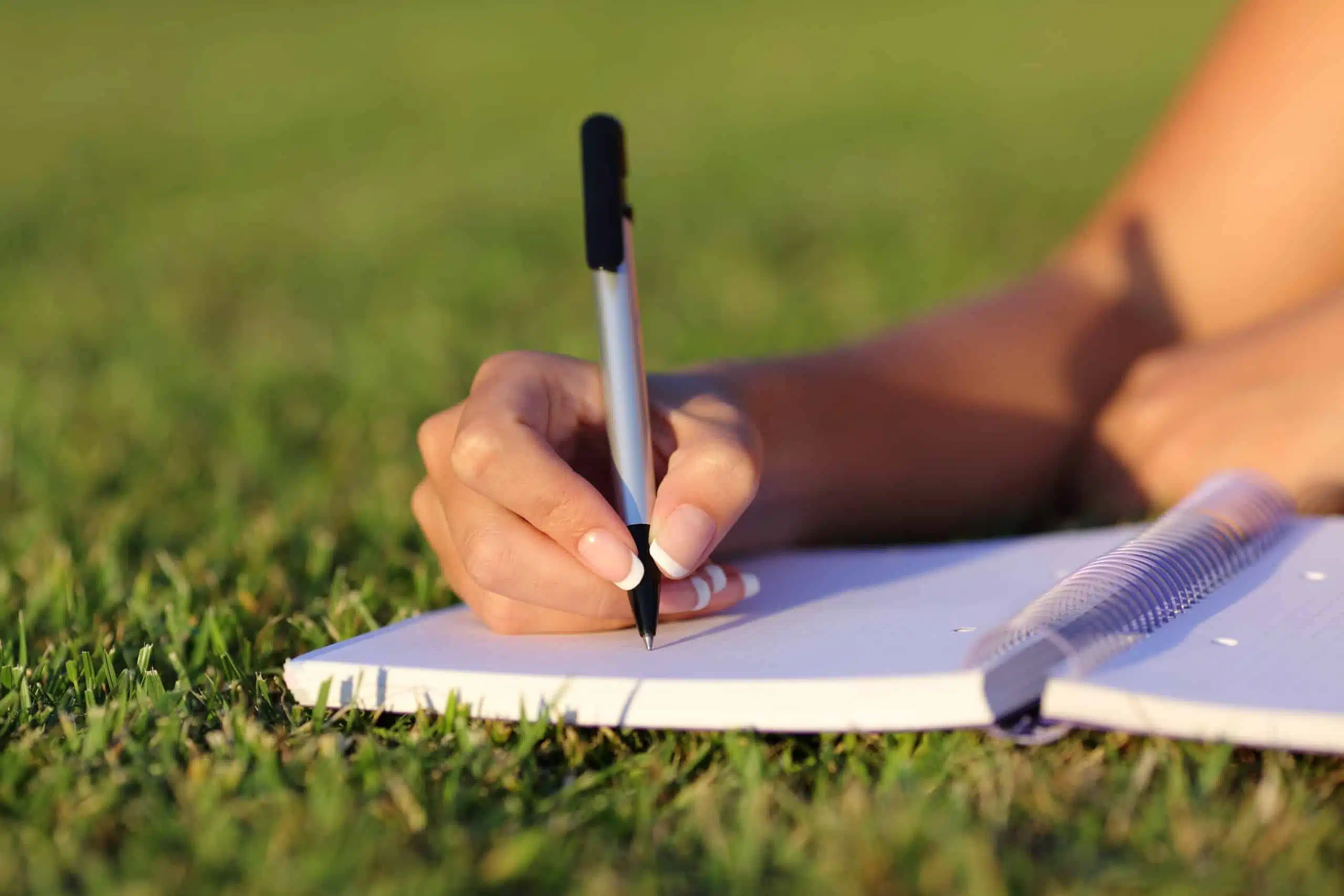
It is within the second and third lines, for this reason, that a narrative or message progresses and evolves, with the outer lines functionally acting as a rhythmic framing for most of the poem.
Do not underestimate the importance of the third line, especially. This poem uses the third line of the final stanza to ever so slightly recontextualize the first stanza.
One strength of the catena rondo is that all progress made, by virtue of the patterns, naturally moves slowly and gradually.
Many poems move forward at a rapid pace, giving the reader very little time to digest each line before they’re on to the next.
In a catena rondo, the excessive repetition gives the reader more time to admire and analyze each line over a natural reading.
It’s worth pointing out that because the reader has so much more time with each line, especially strong and especially weak lines will stand out much more than they would normally.
Try to keep the quality of the lines mostly consistent to avoid having any poorly written lines stick out like a sore thumb.
Tips for Writing a Catena Rondo
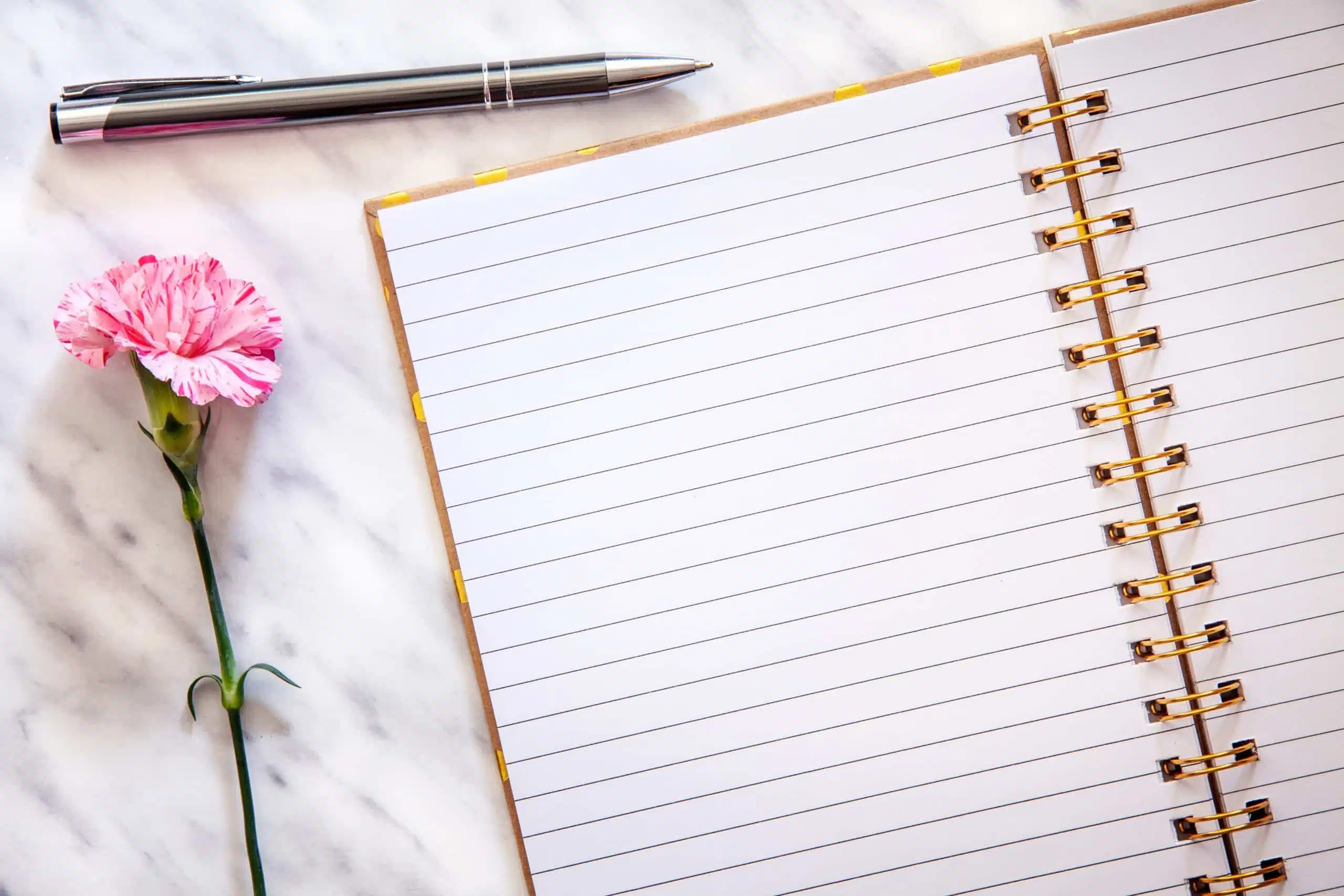
The heavy use of refrains mandates that careful attention is given to each and every line. The first stanza, in particular, needs to be incredibly strong.
This stanza will ultimately determine the entire last stanza, part of the penultimate stanza, and the first end sound of the second stanza.
A strong first stanza should be your top priority.
Since rhymes in the catena rondo are used three or more times, you need to make sure you pick end sounds that you’re comfortable working with.
Short words and words with common endings will serve you well in this regard.
The pattern of refrains may look intimidating at a glance, but it really isn’t all that complicated when you’re actually writing.
Just compare your rhyme scheme (with refrains) to an example scheme like the ones listed earlier, or to an existing catena rondo like the example poem.

The part of the structure that is most likely to throw you off is the ending. Remember that both the penultimate and final quatrains are affected by the way you started your poem.
Do not forget to base the internal couplet of the penultimate stanza on your first end sound (Aa).
Note that in its purest interpretation the catena rondo would have you repeat the first line a total of five times throughout the poem.
For this reason, some poets opt to slightly alter the refrain in the penultimate stanza.
I have even seen examples wherein the poet chooses to only use the end sound in that stanza without the refrain.
But it’s difficult to tell if this was purposeful or if they simply forgot one refrain since it is such a complex form.
Poet’s Note

Initially, I wasn’t a fan of the catena rondo, but it does grow on you after you write a few.
The poems innately come out with a musical quality to them, even without the use of meter.
So I do suggest new poets experiment with the form and come up with their own revised variants.
Comprehensive Collection of Poetry Forms: Craft Words Into Art

Dare to traverse the entire spectrum of poetic forms, from the commonplace to the extraordinary?
Venture from the quintessential Sonnet to the elusive Mistress Bradstreet stanza, right through to the daunting complexity of Cro Cumaisc Etir Casbairdni Ocus Lethrannaigecht.
For those with a zeal to encounter the full breadth of poetry’s forms, this invitation is yours.
Start exploring the vast universe of poetic ingenuity with our comprehensive array of poetry forms right now!
